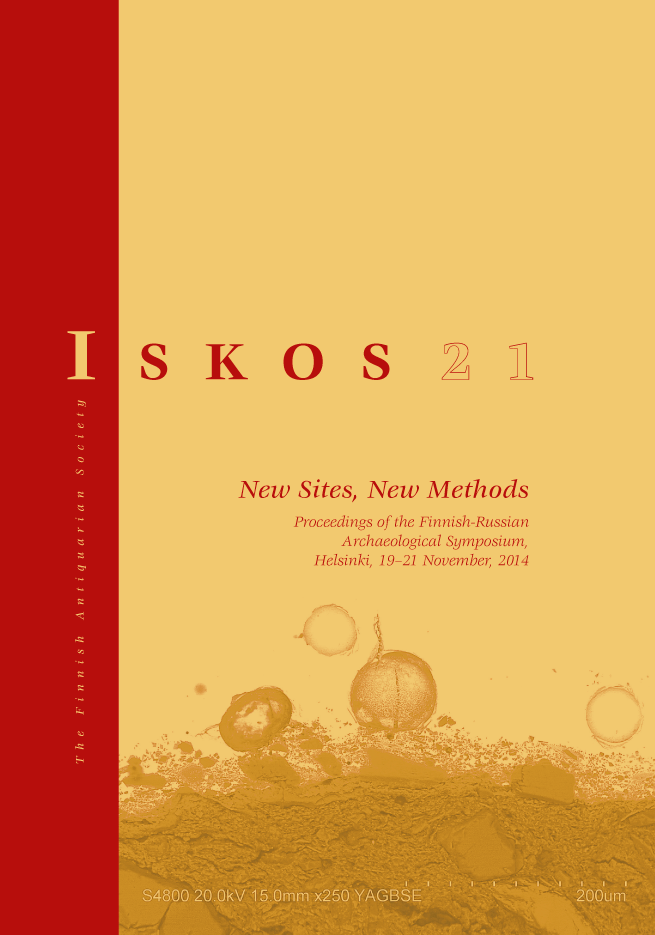Recent Archaeometric Artefact Studies at the University of Helsinki
Abstract
In recent years, a multi-method research environment for materials science artefact studies has been established at the University of Helsinki. A variety of inorganic archaeological materials, including ceramics, plasters, glass, glazes, metals, and sediment samples, has been subjected to archaeometric examinations and geochemical analysis by employing different analytical techniques, such as scanning electron microscopy with energy dispersive spectrometry (SEM-EDS), particle induced X-ray emission (PIXE), and portable X-ray fluorescence spectrometry (pXRF). The analysed materials derive from archaeological contexts both in Finland and abroad, and the analytical work relates to various multidisciplinary national and international collaborative projects. Foreign materials, especially from Sweden and Estonia, have been sampled as comparanda for Finnish archaeological finds to carry out interregional comparative analyses for artefact provenancing purposes. The nature of these geochemical studies varies from multi-site provenance-driven investigations to rapid qualitative tests of stray and metal detector finds. This article offers an overview of
the archaeological results and the recent methodological developments in archaeometric artefact studies at the University of Helsinki.




